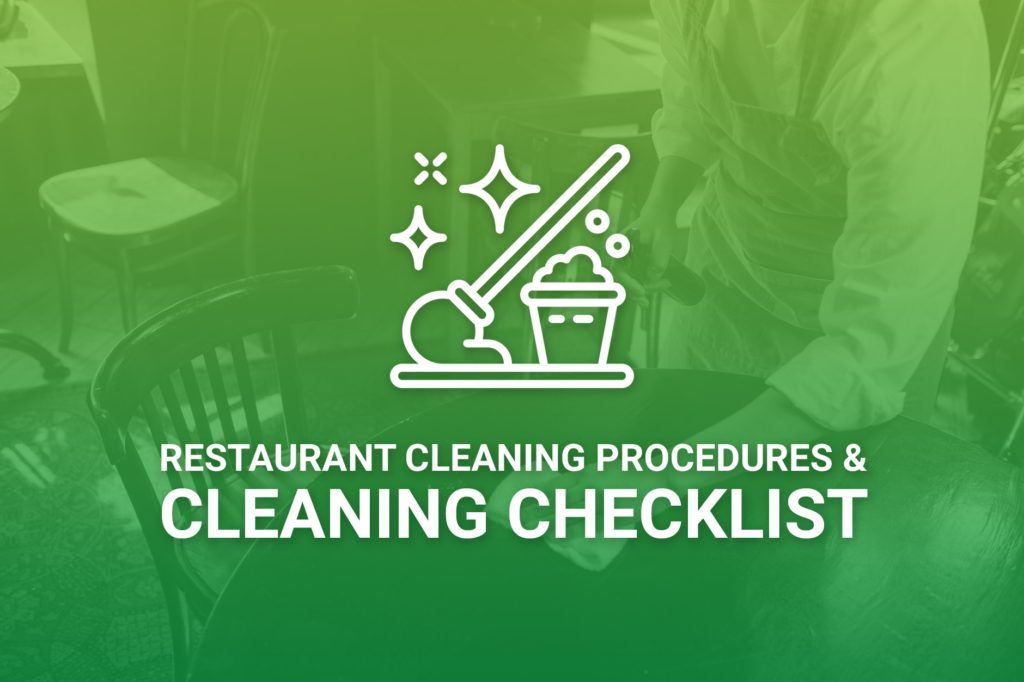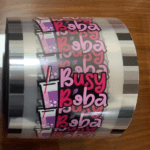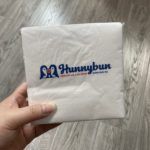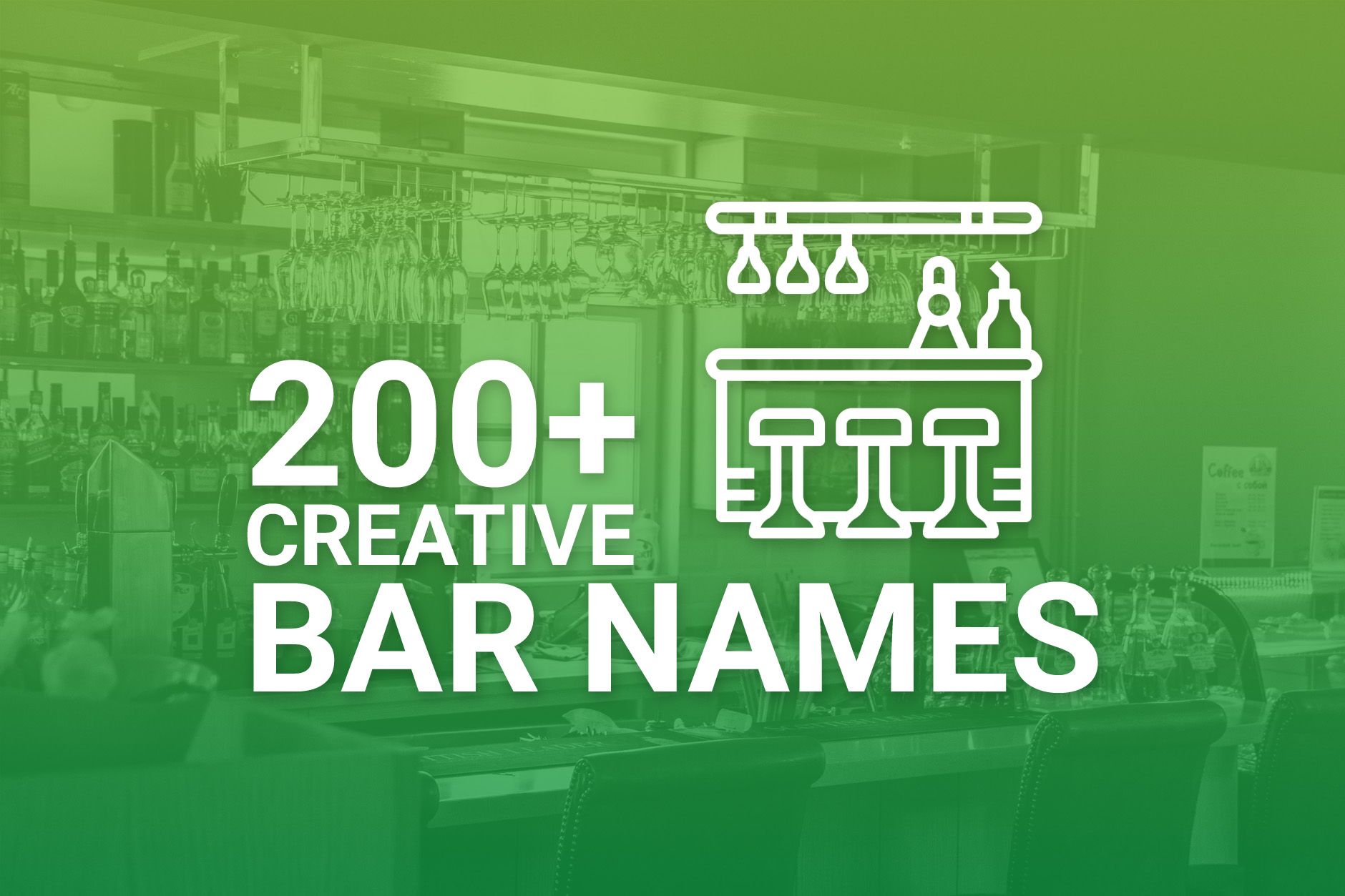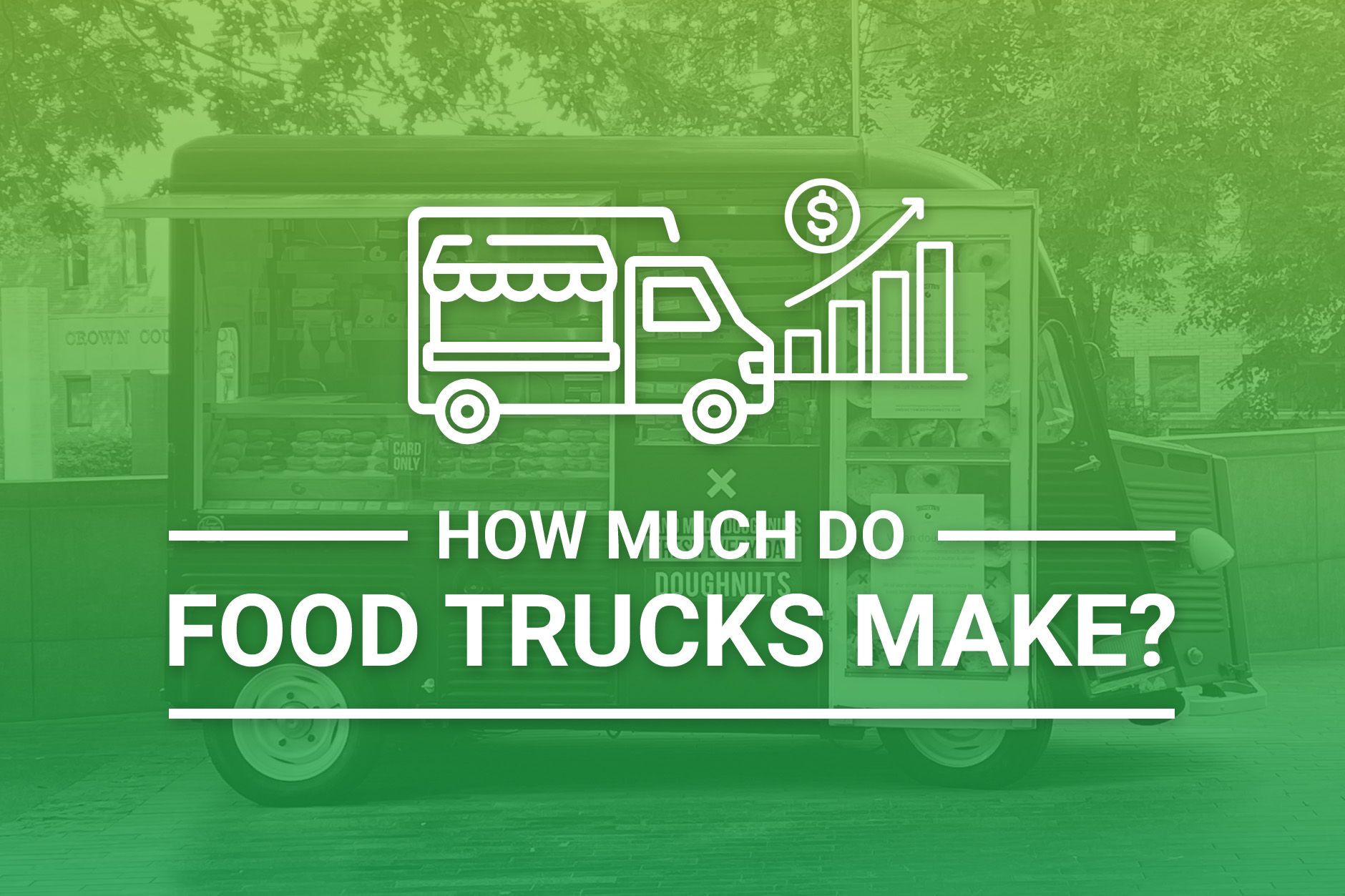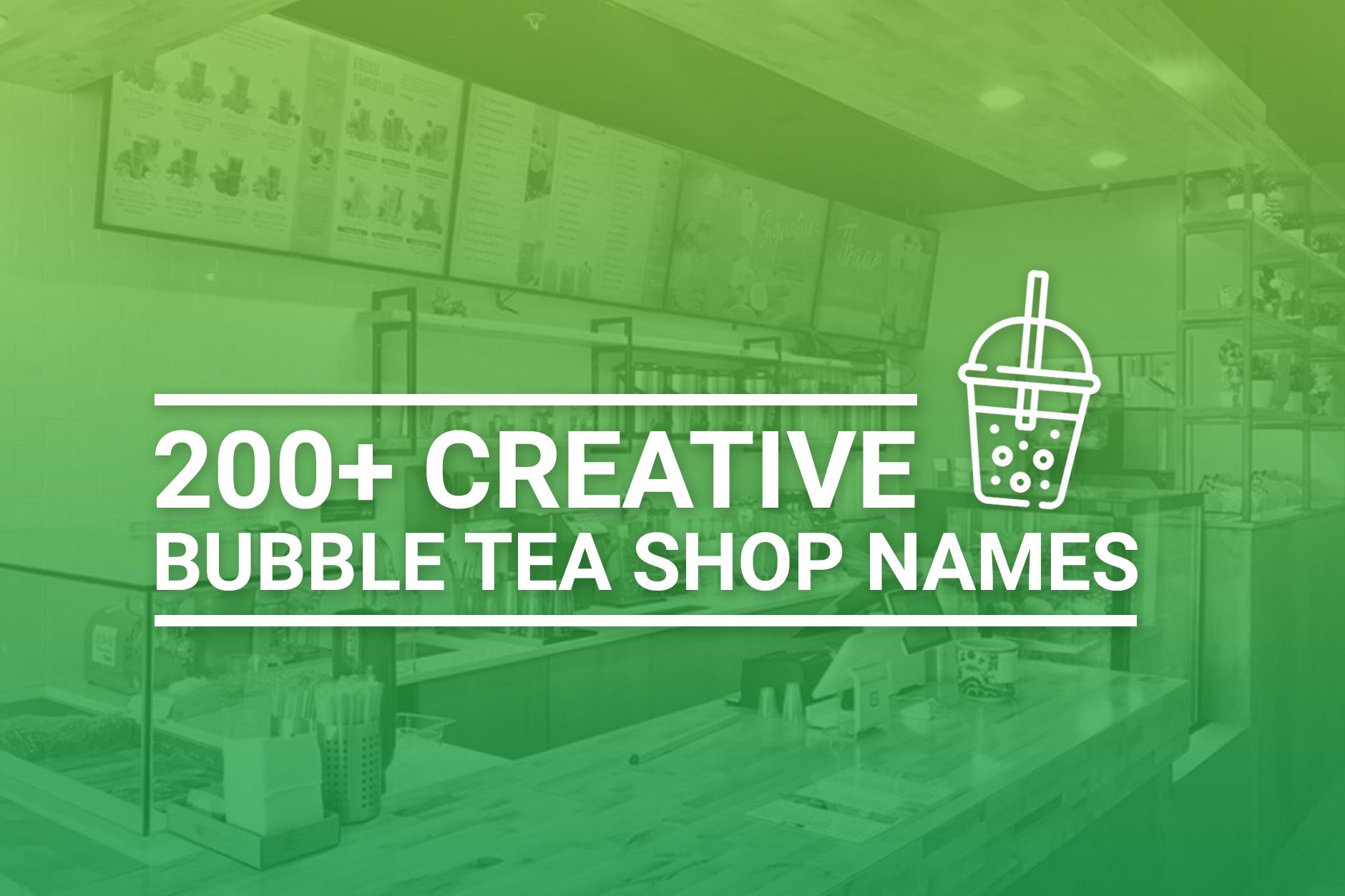Keeping a clean restaurant has always been important. Not only are restaurants subject to strict regulations for health and safety, but customers simply won’t want to eat in an establishment that isn’t clean and tidy. In the era of COVID-19, it is even more critical to demonstrate to your clientele that you are following industry standards for maintaining cleanliness and reducing the risk of illness.
A good cleaning regimen should ensure that your restaurant meets all applicable health codes while reducing the risk of foodborne illness and avoiding negative customer reviews. The thought of cleaning a space where dozens or even hundreds of people pass through each day can be overwhelming. Breaking down your cleaning schedule into discrete tasks can help make it more manageable.
Budget Branders is dedicated to helping small business owners achieve their goals with our line of high quality custom-printed disposable products. Whether you are just starting out or are a long-term restaurant owner, our products will help you expand your marketing efforts – without breaking the bank.
Best Restaurant Cleaning Procedures to Follow
Across the country, restaurants are required to follow local health codes. These codes are enforced by local health departments through inspections. If you get a bad grade on your restaurant inspection, it’ll be posted publicly – which can seriously hurt your business.
In 2015, researchers performed a study on the impact of a letter grading program from the New York City Department of Health. They found that 88% of New Yorkers considered restaurant’s health grades when making a decision on where to eat. Even if your customers aren’t actively checking a health department website, you certainly do not want a story in the local news about your restaurant failing a health inspection.
Beyond health and safety regulations, you should also work towards reducing the incidence of foodborne illness. Your restaurant should have at least one person on staff with a food handler’s license, which means that they have taken a course and passed an exam on food safety. A good cleaning schedule can also help to reduce the risk of customers getting sick from the food that you serve.
So how should you be cleaning your restaurant? The first step is to make cleaning a regular part of your staff’s day. Even if you have a cleaning crew that comes in after hours, your employees will still need to perform tasks like wiping down and sanitizing surfaces during their shifts.
Next, you’ll need to have the right equipment for the job. You should have plenty of cleaning supplies available, including:
- Surface cleaning sprays
- Glass spray cleaner
- Sanitizing solution (or a bleach mixture)
- Commercial dishwasher detergent
- Degreaser
- Stainless steel cleaner
- Floor cleaner
- Hand soap
- Soft, clean cloths
- Steel wool pads
- Mops and buckets
- Brooms
- Paper towels
- Trash bags
- Stiff bristle deck brushes
- Power washer
- Food prep gloves
- Vacuum cleaner
- Bathroom cleaning supplies
Finally, you will need to train your staff appropriately. For example, your employees should be washing their hands regularly and making sure that all surfaces are clean before they start food prep. They should also be sure that they are wiping down high traffic surfaces like door handles and checking the bathrooms for cleanliness.
Restaurant Cleaning Checklist
Each restaurant should have a checklist that they go through consistently to make sure that their space is clean. While some of these tasks should be performed throughout a shift, others are only necessary when closing out or on a weekly basis. The important thing is that your employees know how vital cleanliness is to the success of your business – and that they take their responsibilities seriously.
We’ve broken down our cleaning checklist into two broad categories: front of house and back of house. Work with your staff so that they know exactly what they should be doing to keep your restaurant safe, up to code, and looking its best.
Front of House
In an era of online review sites, it is critical to make a good first impression. If your guests walk into your business and immediately notice dust or dirt, it probably won’t entice them to write a great review (and might even lead to a really bad one!). You can avoid this by making sure that your front of house is always clean and looking its best.
Every Day
- Spray and wipe down high traffic surfaces such as table tops, seats, railings and door handles as often as needed.
- Clean windows and glass doors as necessary to remove smudges and streaks
- Regularly check bathrooms for cleanliness
- If you have a bar, wipe it down frequently
- Empty trash and recycling bins as needed
- Spray and wipe down menus when closing out
- Sweep and mop floors at the end of the day
- Clean and sanitize bathroom surfaces at closing
- Spray and wipe down tabletops at the end of the day
- Run the vacuum when closing out
- For bars, make sure that the soda guns, garnish trays, and ice wells are cleaned at the end of a shift
- Wipe down all bottles and speed wells when closing
Once a Week
- Dust all fixtures
- Sanitize and scrub the bathroom sinks and toilets
- Wipe down all glass and mirrored surfaces
- Vacuum the entire restaurant
- Water live plants
- Wipe down all coolers in the bar area
- Dust and wipe down both bottles and shelves behind the bar area
- If you have draft beer, clean and flush keg lines
- Move any equipment and clean behind it
Once a Month
- Do a bathroom deep clean
- Check all upholstery for damage and replace as necessary
- Dust ceiling fans and light fixtures
Remember: even if you have contracted with a cleaning company to do a deep clean once a week, monthly, or even at the end of every shift, your employees should still be cleaning throughout their shifts. This is particularly important during the COVID-19 pandemic, when guests are more attuned than ever to health and safety issues.
Back of House
The back of the house is where the action takes place – including food storage, food prep, and cooking. It is easy for the back of the house to get messy as you try to get food out to guests in a timely manner. Yet falling behind on cleaning can put the safety of your customers and staff alike at risk.
Every Day
- Before food prep gets started, check that all surfaces are clean
- Wipe down and sanitize all surfaces between food prep tasks
- Wrap and date food, and store it appropriately
- Get dishes to the dish pit as necessary
- Scrape down griddles and grills as you cook
- Clean up spills and splatters as they happen, both on food prep surfaces and the fllor
- Check temperatures on food holding units regularly
- Clean all equipment and tools at the end of the shift
- Wipe and sanitize all food prep surfaces, washing stations, and sinks when closing out
- Polish all stainless steel surfaces at closing
- Sweep and mop the floors at the end of the shift
- Empty trash bins at the end of the day
- Place all dirty towels and linens in the appropriate bins when closing
- Clean grills, griddles, and drip trays at the end of the shift
- Empty and sanitize food holding units when closing
- Degrease and sanitize all surfaces when closing
- Filter the fryer oil at the end of the shift
Once a Week
- Empty and clean the shelves and surfaces of coolers and refrigerators
- Throw out any ingredients that are past their use-by date
- Check pest prevention traps
- Descale coffee makers
- Replace fryer oil
- Thoroughly clean the inside and outside of ovens, steamers, fan guards, vents, and hoods
- Check and clean floor and sink drains
Once a Month
- Completely empty and clean the coolers
- Replace pest traps
- Deep clean fans, vents, and hoods
- Wash the walls
- Do a deep clean of the floor
- Clean and empty grease traps
- Clean drains and remove any blockages
Throughout each shift, employees should also be sure to look for signs of pests (like mice, fruit flies, or roaches) and take steps to reduce the likelihood of an infestation. They should also follow restaurant best practices, like frequently washing their hands, keeping foods at the right temperature, and tossing out foods that are past their prime or that were improperly stored. Taking these steps can help to prevent foodborne illnesses – and may increase the odds of a great score on your next health inspection.
Free Restaurant Cleaning Checklist Template
As you start developing your own cleaning checklist, it’s much easier to start from a template than having to start from scratch. Budget Branders has created a free restaurant cleaning checklist you can use for your establishment.
Simply make a copy of the document and then you can edit it to fit your needs. You can add new rows for additional cleaning tasks, or remove cleaning tasks you don’t need. Budget Branders has created a number of templates in addition to our cleaning checklist that you can view on our restaurant downloadables page.
Get High Quality Products for Your Restaurant from Budget Branders
There is a lot to keep track of when you own or run a restaurant, from food cost percentage to cleaning schedules. At Budget Branders, we work to make your life easier when it comes to choosing branded disposable paper products.
We offer a range of products at prices and in quantities that work for small and medium-sized businesses, including:
- Custom paper cups
- Custom paper dessert cups
- Custom double wall coffee cups
- Plastic cups with logos
- Custom printed paper bags
- Custom stadium cups
- Custom coffee sleeves
- Custom biodegradable cups
- Custom printed ripple cups
Ready to get started? To learn more or to request a quote, contact Budget Branders today via email or live chat.
